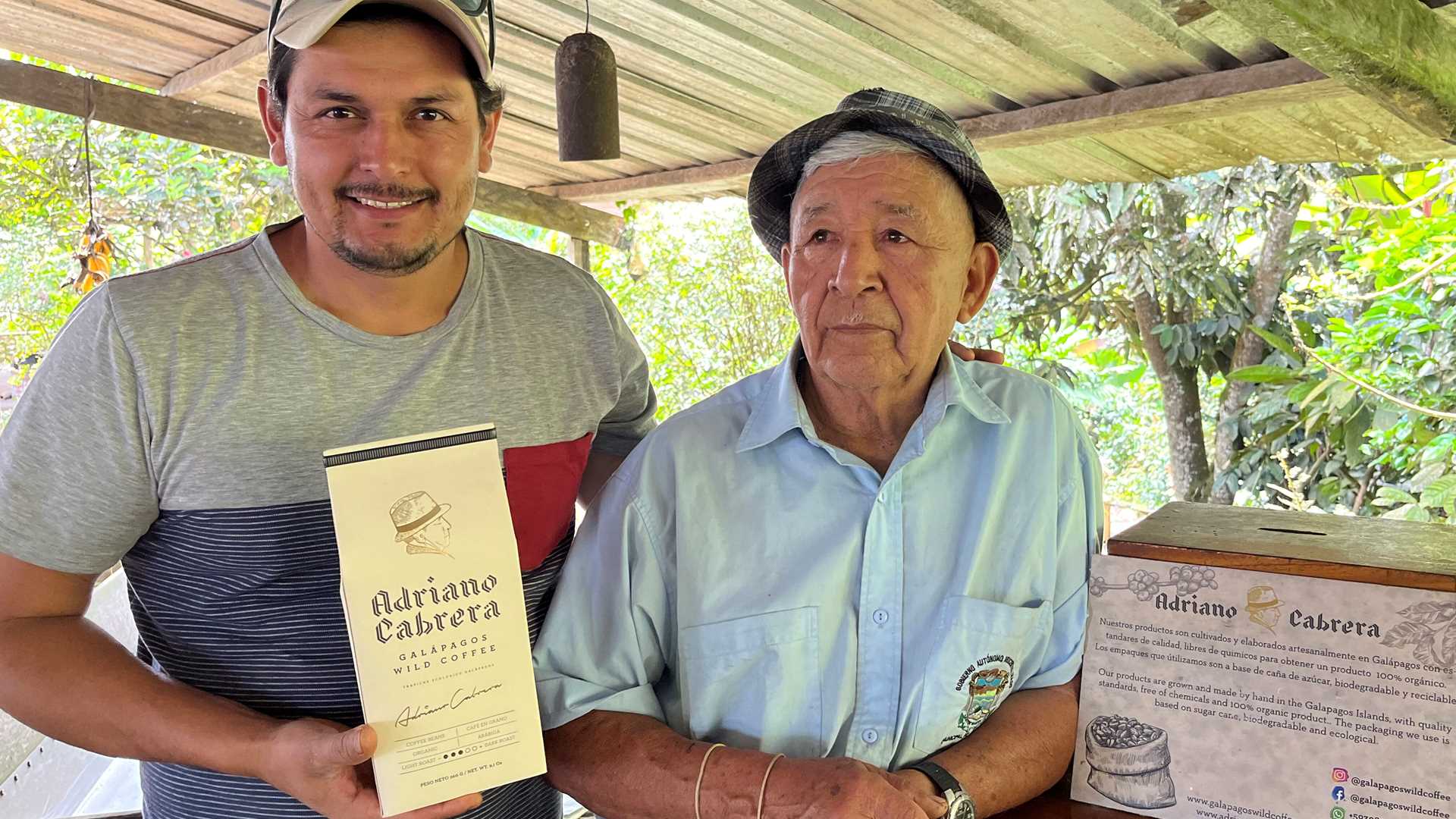It is fantastic to spend a whole day on my home Island: Santa Cruz. We started with a visit to a local farm “El Trapiche” where our guests learned about the production of organic coffee, sugar cane, cocoa, bananas and tried their products, a delicious moment! Afterwards we went to “Los Gemelos,” a visitor site located at the highest point of the street with the last and largest scalesia forest on the Island. Then we continued to Rancho El Manzanillo to visit the giant tortoises. There were many tortoises today, it was spectacular. We finished our day visiting the giant tortoise breeding center and the Exhibition Hall of the Charles Darwin Research Station. On Santa Cruz Island, conservation and tourism work hand by hand!
12/6/2023
Read
National Geographic Islander II
Isabela and Fernandina
Our day began with a mesmerizing exploration of Roca Redonda and Punta Vicente Roca. The morning sun cast a golden glow on the towering cliffs that define this part of Isabela Island. We navigated along the coast, observing the diverse marine life that thrives in these nutrient-rich waters. Notable encounters included playful Galapagos sea lions, elegant flightless cormorants, and sea turtles. Snorkeling enthusiasts were treated to a world beneath the waves and non snorkelers saw just as much from our glass-bottom Zodiac. In the afternoon, our expedition led us to the pristine shores of Fernandina Island. This uninhabited island is a haven for wildlife. The highlights were undoubtedly the iconic Galapagos marine iguanas basking on black lava rocks. As we carefully navigated the island's trails, we marveled at the otherworldly landscapes shaped by ongoing volcanic activity. A sighting of a Galapagos hawk soaring overhead added a touch of wild majesty to our exploration. The sense of isolation and raw nature in these untouched Galapagos corners reminded us of the importance of preserving these ecosystems. Our journey continues tomorrow, promising new wonders in this extraordinary archipelago.







